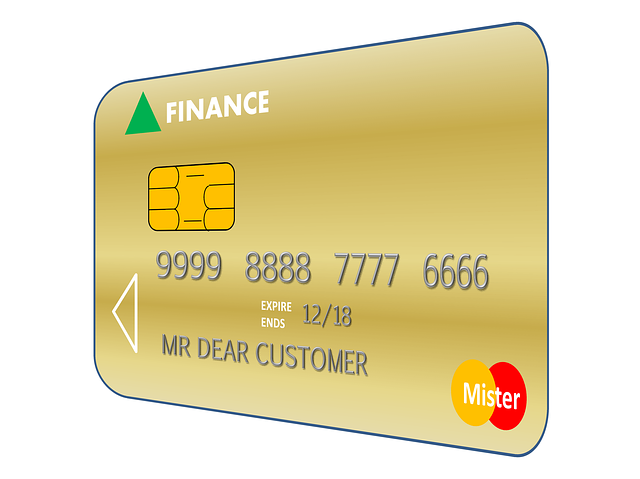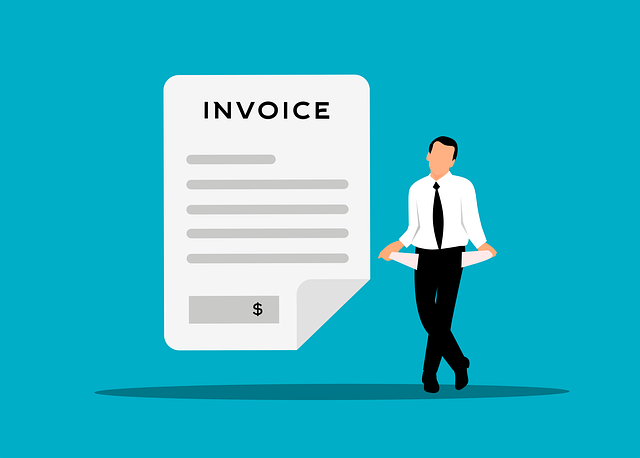Debt Restructuring vs. Debt Review: Understanding Your Options
When facing financial obligations, individuals often turn to either Debt Restructuring or Debt Review. Debt Restructuring involves renegotiating the terms of existing debts to simplify repayment, ideal for complex situations and high-interest rates. Debt Review, on the other hand, analyzes financial health and identifies specific areas for improvement, helping individuals create realistic budgets and negotiate better terms without altering original loan structures. The choice depends on whether you need holistic debt simplification or targeted solutions based on your financial management capabilities.
Navigating financial challenges? You may be considering Debt Restructuring or Debt Review, two strategies aimed at easing financial burden. This article delves into these options, offering clarity on their distinct approaches and benefits. Understanding the key differences between debt restructuring—reorganizing debt terms—and debt review—a thorough examination of your financial situation—is crucial for making an informed decision. By exploring each option, you can choose the best course of action tailored to your unique financial needs.
- Understanding Debt Restructuring and Debt Review
- Key Differences Between the Two Options
- Choosing the Best Course of Action for Your Financial Situation
Understanding Debt Restructuring and Debt Review

Debt restructuring and debt review are two distinct strategies for managing financial obligations, each with its own set of benefits and drawbacks. Debt restructuring involves a comprehensive approach where a borrower renegotiates the terms of their existing debts. This could mean lower interest rates, extended repayment periods, or even a combination of both. The goal is to create a more manageable debt burden by altering the structure of the original loans. On the other hand, debt review is a more focused process that examines individual debts in detail. It involves evaluating each debt’s terms, interest rates, and potential for negotiation, aiming to find opportunities for reduction or better conditions.
Understanding the nuances between these two options is crucial when making informed financial decisions. While debt restructuring offers a broader perspective by looking at all liabilities simultaneously, debt review provides an in-depth analysis of specific debts. For borrowers with complex financial situations, debt restructuring might be the better choice due to its holistic approach. However, for those seeking targeted solutions or wishing to maintain original loan structures while aiming for lower interest rates, debt review can be a more suitable strategy.
Key Differences Between the Two Options

When considering debt relief options, understanding the key differences between debt restructuring and debt review is essential. These two strategies address different aspects of an individual’s financial situation, catering to unique needs. Debt restructuring primarily involves altering the terms of one’s existing debts, such as changing interest rates, extending repayment periods, or even consolidating multiple debts into a single loan with more favorable conditions. This approach is ideal for borrowers burdened by high-interest rates or complex debt arrangements, aiming to simplify and reduce overall debt payments.
In contrast, debt review focuses on evaluating the borrower’s financial situation, credit reports, and existing debt obligations to identify areas of improvement. It doesn’t directly modify the terms of debts but rather helps individuals create a more realistic budget, negotiate with creditors for better terms, or explore alternative repayment methods. This process is suitable for those struggling with managing their debts due to unforeseen circumstances or changes in financial situations, offering a chance to regain control and make informed decisions about their financial future.
Choosing the Best Course of Action for Your Financial Situation

When considering the best course of action for your financial situation, it’s crucial to understand the distinctions between debt restructuring and debt review. Debt restructuring involves a significant change in the terms of your debt, often through negotiation with creditors. This can include lower interest rates, extended repayment periods, or even the forgiveness of some debt. It’s ideal when facing insurmountable debt with high-interest rates that are straining your budget.
On the other hand, debt review is a more comprehensive assessment of your financial health and spending habits. It doesn’t alter the existing terms of your debts but aims to help you understand where your money goes and how to better manage it. This approach is suitable if you’re overwhelmed by debt but still capable of making payments, as it focuses on creating a sustainable budget rather than restructuring or reducing the overall debt amount.
When deciding between debt restructuring and debt review, understanding your financial goals and current circumstances is key. Both options offer distinct benefits tailored to different situations. Debt restructuring may be ideal for those seeking a fresh start by reducing debt amounts and altering repayment terms. On the other hand, debt review provides a strategic approach to better managing existing debts without necessarily changing repayment structures. By carefully considering your options and assessing your financial health, you can make an informed decision that best suits your needs, ultimately paving the way towards effective debt management and long-term financial stability.

